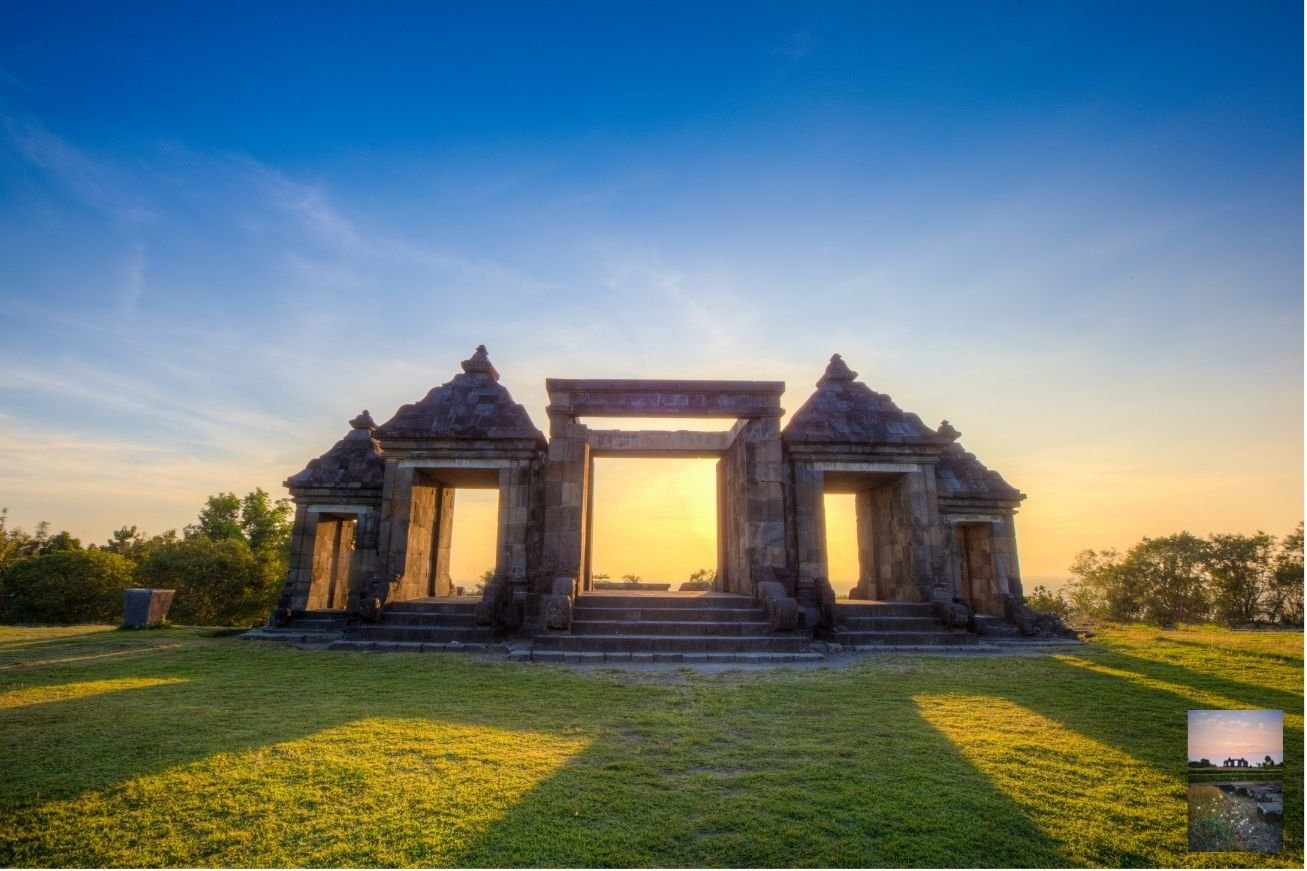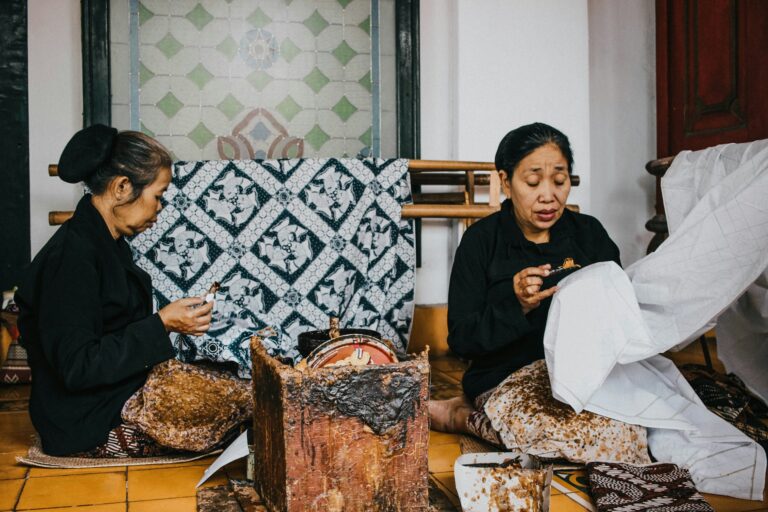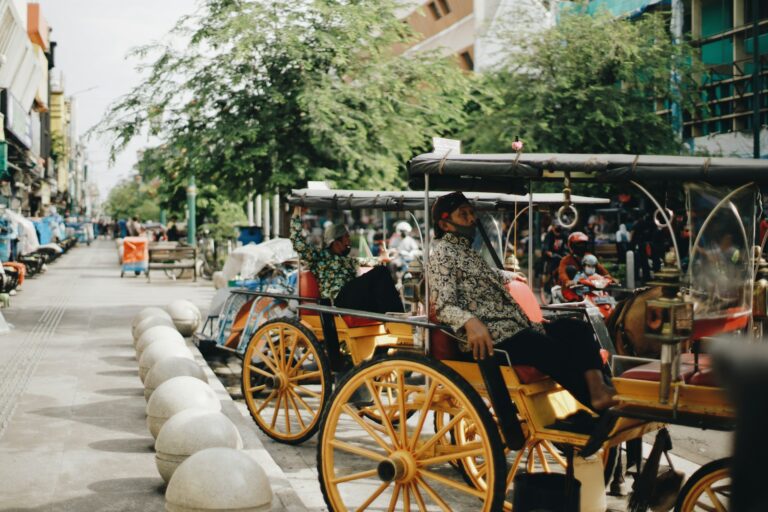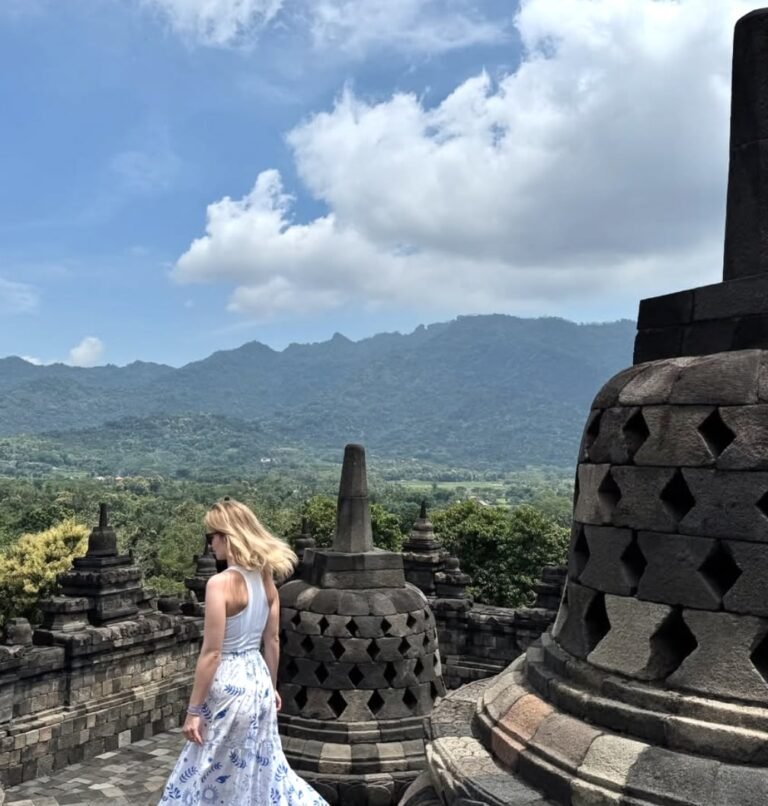Standing proudly on a hilltop plateau at 196 meters above sea level, Ratu Boko Palace is among Yogyakarta’s most fascinating and scenic sites. Different from the many temple complexes scattered across Central Java, this 16-hectare archaeological treasure provides visitors with a one-of-a-kind experience. It’s a glimpse into the royal lifestyle of ancient Javanese kingdoms while serving up some of the most spectacular sunset views in all of Indonesia.
The History of Ratu Boko Palace
Ratu Boko Palace history reads like pages from an ancient epic. Dating back to the 8th century, this remarkable site was initially constructed during the reign of the Buddhist Syailendra Dynasty under Rakai Panangkaran.
What makes this place fascinating is how it embodies a perfect fusion of Buddhist and Hindu architectural elements, reflecting the cultural transformation that swept through ancient Java as power shifted between different ruling dynasties.
The name “Ratu Boko” itself translates to “Stork King” in Javanese, deriving from legendary King Boko mentioned in the famous Roro Jonggrang folklore. According to local legend, this mythical ruler was the father of the beautiful princess Roro Jonggrang, whose tale connects the palace to the nearby Prambanan Temple complex through an intricate web of ancient Javanese mythology.
Archaeological evidence suggests that what began as the Abhayagiri Vihara, a Buddhist monastery established in 792 CE, later transformed into a fortified royal palace complex. The presence of defensive walls and dry moats indicates this wasn’t merely a religious site but served as a strategic stronghold for ancient Javanese royalty.
The site was eventually abandoned around the 10th century, possibly due to volcanic activity from nearby Mount Merapi or political upheaval, before being rediscovered by Dutch researcher F. Van Boeckholtz in 1790.
The Location and Entrance Fee of Ratu Boko Palace
Ratu Boko Palace is located at Jl. Raya Piyungan-Prambanan KM.2, Gatak, Bokoharjo, Prambanan, Sleman, Special Region of Yogyakarta, Indonesia. Resting atop a scenic hill about 3 kilometers south of the famed Prambanan Temple, the site offers easy access for visitors exploring the cultural treasures of Yogyakarta.
Entrance fees differ significantly between foreign tourists (IDR 275,000) and Indonesian citizens (IDR 35,000). Combination tickets with Prambanan Temple offer better value for those planning to visit both sites.
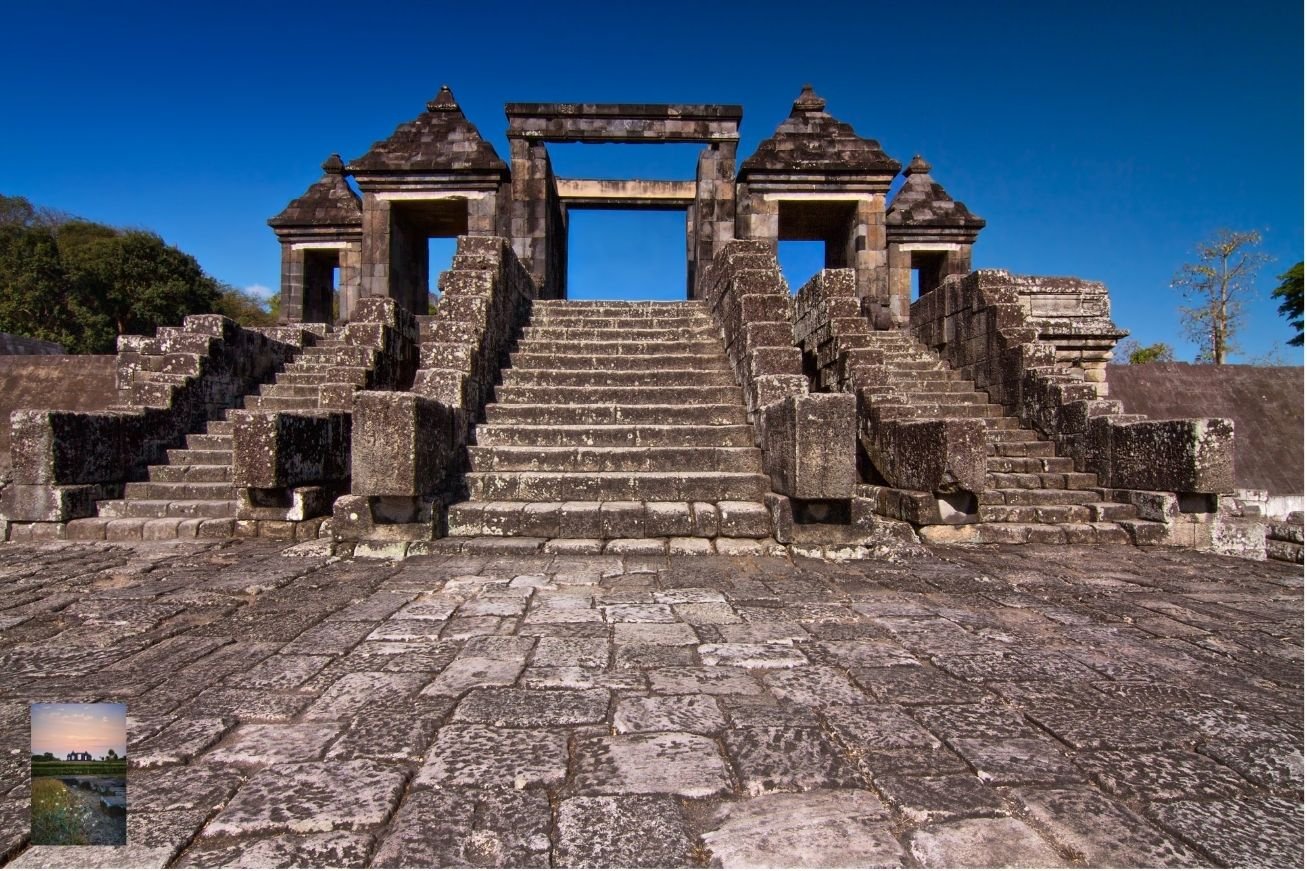
Exploring the Palace Complex: What to See and Do
When visiting Ratu Boko Palace, there are plenty of highlights that showcase its historical and cultural charm. Here are some of the main attractions in Ratu Boko Palace that you shouldn’t miss when exploring the complex.
Architectural Marvels
The palace ruins offer visitors an exceptional opportunity to walk through authentic 8th-century Javanese architecture. The complex features impressive stone gates called Paduraksa, with the main gateway showcasing a dramatic 5-meter-high structure accessed by 20 stone steps.
Unlike typical temple complexes, Ratu Boko displays the characteristics of a secular settlement, complete with audience halls (Pendopo), meeting spaces (Paseban), and royal quarters.
The site includes several distinct areas: the iconic gates, Candi Pembakaran (crematorium temple), bathing pools for both men (Kaputran) and women (Keputren), miniature temples, and ancient meditation caves carved into the hillside.
Sunset Photography Paradise
What truly sets Ratu Boko apart is its reputation as the premier sunset viewing destination in the Yogyakarta region. Its hilltop setting grants clear panoramic vistas of the Prambanan Plain, with Mount Merapi serving as a stunning backdrop.
During the golden hour, from 5:00 PM to 6:00 PM, photographers are drawn to the site as the sun transforms the age-old stone structures into dramatic shadows against a glowing sunset.
Getting There: Your Journey to Ancient Royalty
Reaching Ratu Boko Palace is straightforward from Yogyakarta city center. The site is located approximately 17 kilometers east of downtown Yogyakarta, just 3 kilometers south of the famous Prambanan Temple complex. Visitors can choose from several transportation options.
How to get to Ratu Boko Palace by car or motorcycle is taking the main Jogja–Solo highway heading east until you arrive at the Prambanan intersection. Afterward, make a turn to the south along Prambanan–Piyungan Street and continue for approximately 3 kilometers, where you’ll find directions pointing toward “Kraton Ratu Boko.”
When using public transportations, take the Trans Jogja bus to Prambanan, then use local transportation or walk south for approximately 1.6 kilometers to reach the palace entrance.
Perfect for Every Type of Traveler
Ratu Boko offers something special for everyone, no matter what draws you to travel. From history lovers to couples in search of romance, the site caters to a wide range of interests.
History Enthusiasts and Culture Seekers
Ancient Java temple lovers will find Ratu Boko irresistible, as it offers insights into both Buddhist and Hindu periods of Javanese civilization. The site’s unique characteristics as a royal palace rather than a religious temple provide perspectives on secular life in ancient Java that few other archaeological sites can match.
Couples and Romance Seekers
The palace has earned recognition as one of Indonesia’s most romantic destinations, particularly during sunset hours. The combination of ancient stone ruins, panoramic views, and golden light creates an atmosphere that’s simply magical for couples seeking memorable experiences.
Photography Enthusiasts
Professional and amateur photographers consistently rank Ratu Boko among Yogyakarta’s most photogenic locations. The interplay between ancient architecture and natural lighting, especially during golden hour, provides endless opportunities for stunning imagery.
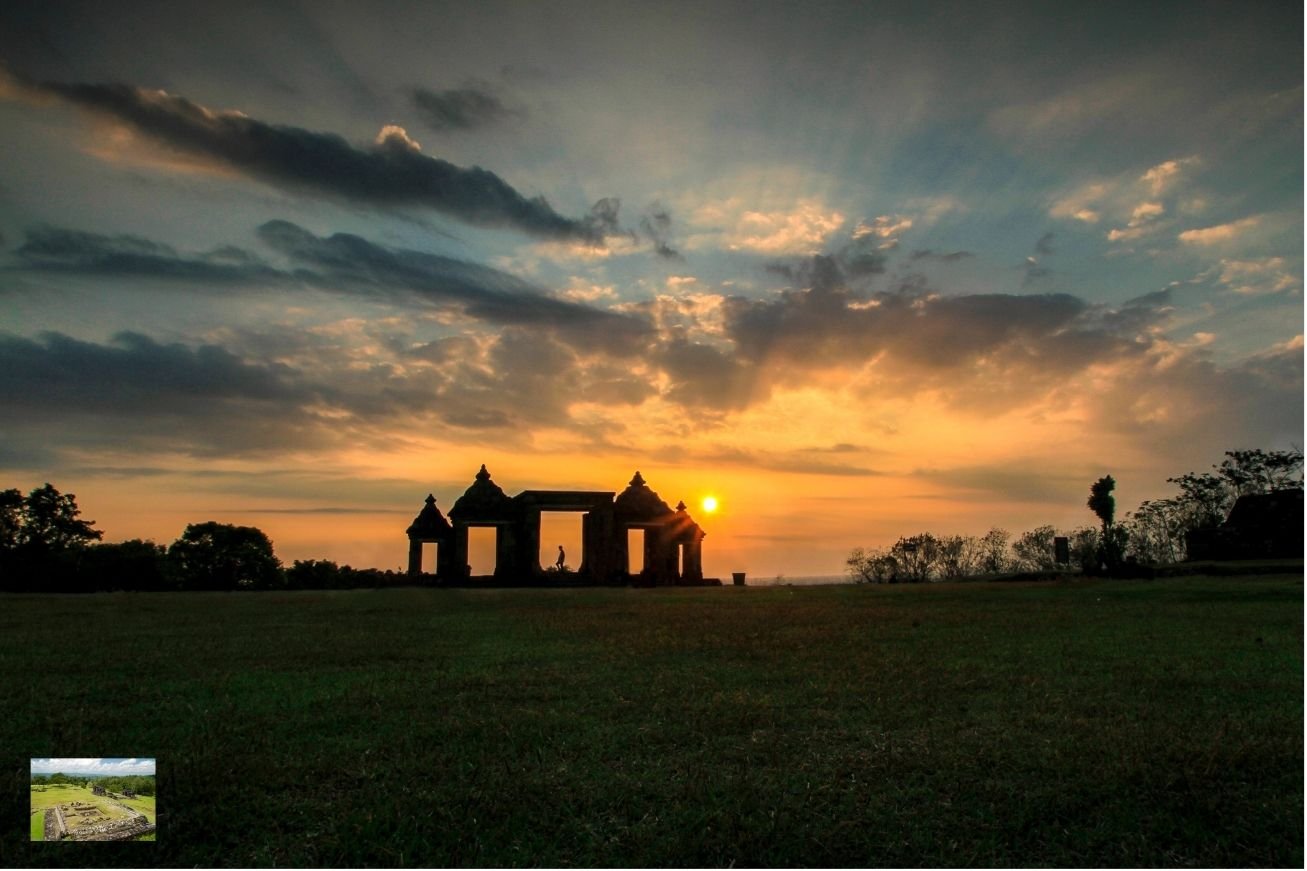
Essential Tips and Tricks for Your Visit
To make the most of your trip to Ratu Boko Palace, a little preparation goes a long way. Here are some practical tips to help you plan your visit smoothly.
Timing Your Visit
The best time to visit Ratu Boko Palace is during the dry season (May through September) when skies are typically clearer for sunset viewing. Be sure to get there two hours ahead of sunset so you can wander the site and secure a great vantage point for photos. The site operates daily from 6:00 AM to 5:00 PM, with special sunset tickets available for extended viewing.
What to Bring
Comfortable walking shoes are essential as the site features uneven stone paths and terraced levels. Bring water, especially during warmer months, and don’t forget sun protection. A light jacket might be needed for sunset viewing as temperatures can drop in the evening.
Ratu Boko Palace represents more than just another tourist destination, it’s a window into Indonesia’s magnificent past. Ratu Boko Palace lets you journey back in time, walking where royalty once walked, all while nature stages its magnificent show in the sky.

